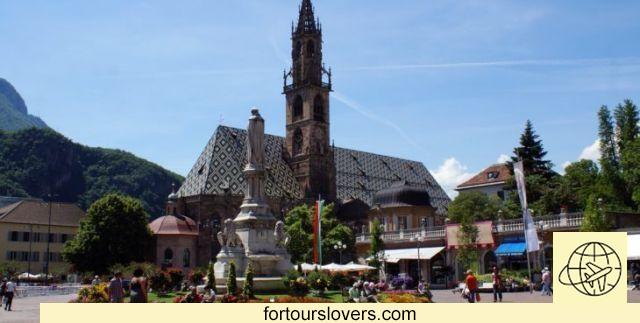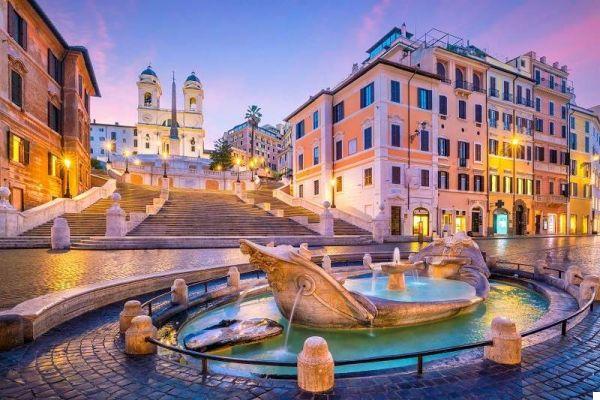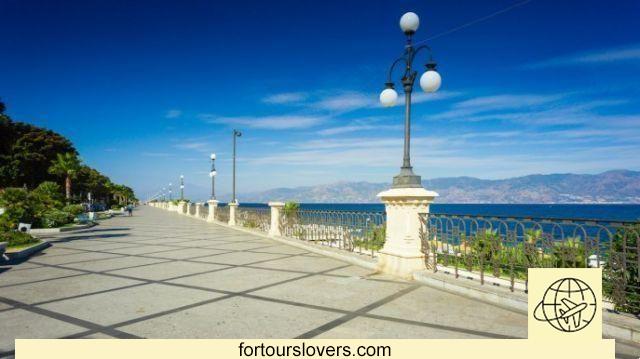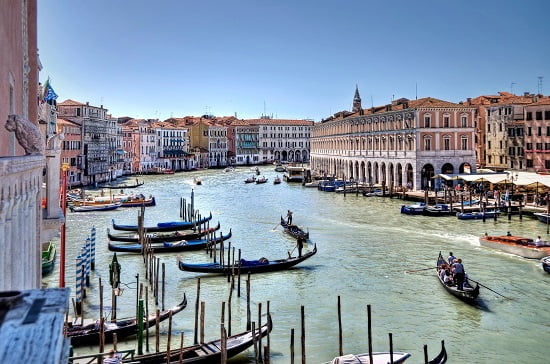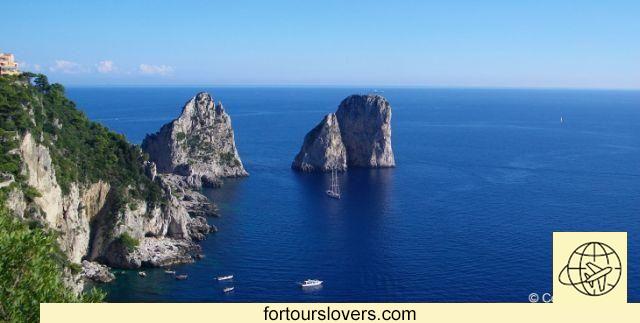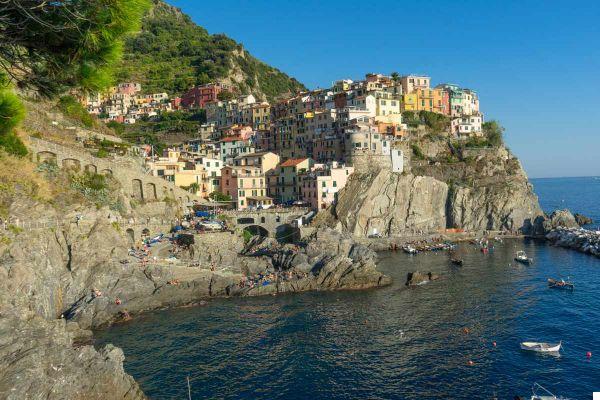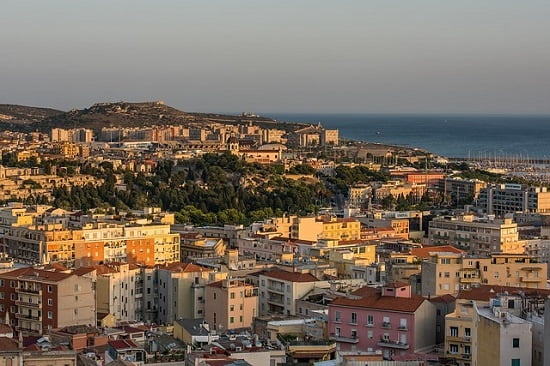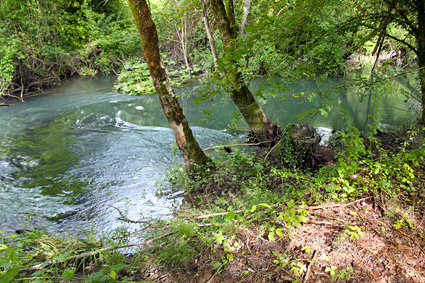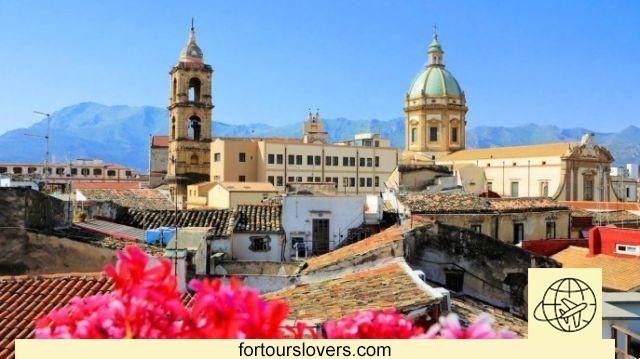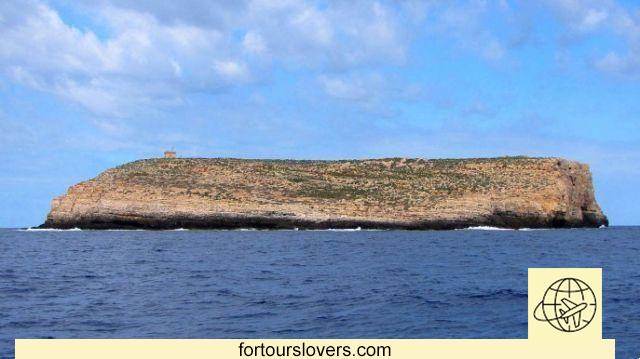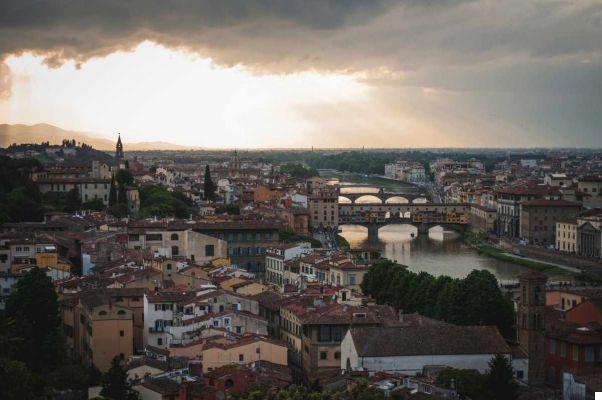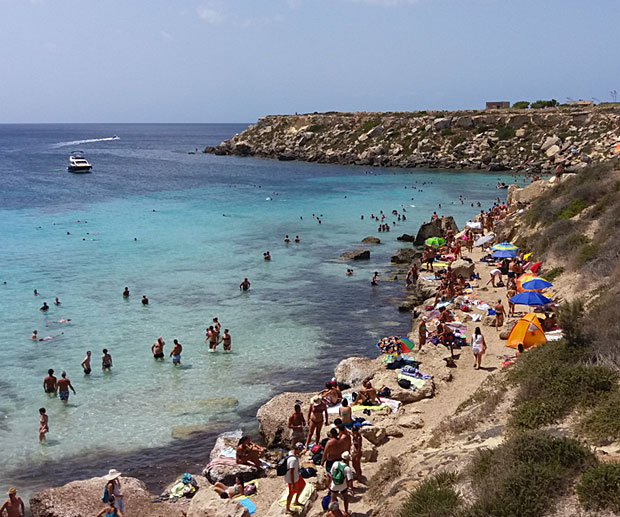The Ostia Antica Archaeological Park is located 30 kilometers from the capital Roman. This city was initially built to defend Rome from possible naval attacks, since it was located at the mouth of the Tiber river. Later, it became an important trading port in the Mediterranean and a thriving city of ancient Rome.
With the fall of the empire, the continuous attacks of Arab pirates and the decline of trade, Ostia was abandoned and fell into oblivion to the point of being buried in the sand. Due to silting up and a drop in sea level, the site is now 3 kilometers from the sea.
Ostia Antica is a wonderful archaeological site which allows you to spend a quiet day, away from the hustle and bustle of the capital. It is less famous than similar sites like Pompeii, but in some ways it is more interesting. Ostia Antica gives a more authentic look at everyday Roman life because it was a port city, not a rich city like Pompeii.
Compared to Pompeii, a visit to Ostia Antica is much more enjoyable. There are far fewer people, access to the sites is less limited, and you can walk freely among the ruins.
Ostia Antica: History
Birth of Ostia
According to the traditional story, the city was founded by the fourth king of Rome, Ancus Marcius, in 620 BC, where the mouth of the Tiber once stood. The city takes its name from its position, Ostia means "mouth" in Latin.
At the beginning, the main resource of Ostia was salt that the city recovered from the nearby salt pans. Around 400 BC, when Rome began to expand, Ostia was conquered and became the first colony of Rome. So it served as naval base, protecting Rome from possible naval attacks. In the second century BC its role as commercial port, from where all the grain that was needed for the city of Rome passed.
Il first century of Ostia it was a period of growth: a theater, temples, an aqueduct, a basilica, a synagogue were built. There was an intense movement and many families of rich merchants built their houses on the outskirts of Ostia.
Decline of Ostia
With the chaos that followed the Severan Dynasty Rome's economy began to collapse. Of course, Ostia also suffered, with the commercial activity which decreased drastically. Nature also punished the city which between 238 and 346 AD suffered two earthquakes and a tsunami.
There was an evident recovery around the fourth century, but Ostia was no longer the main port of Rome in the Mediterranean, a place now occupied by the nearby Portus. The area along the Tiber had been abandoned.
In the fifth century theOstia aqueduct stopped working and the city became poorer and poorer and was practically abandoned. Many areas were flooded, becoming swamps and others were buried by silt and sand.
Between the ninth and fourteenth centuries what was left in sight was practically looted: marbles and statues of Ostia were used to decorate the new cathedrals that stood in Pisa, Florence and other cities.
The excavations of Ostia began in the late XNUMXth century and most of the old city has been uncovered since then. THE remains of the structures are numerous and well preserved and give visitors a good idea of what life was like at the height of the Empire in an ancient Roman trading city.
What to see in Ostia Antica
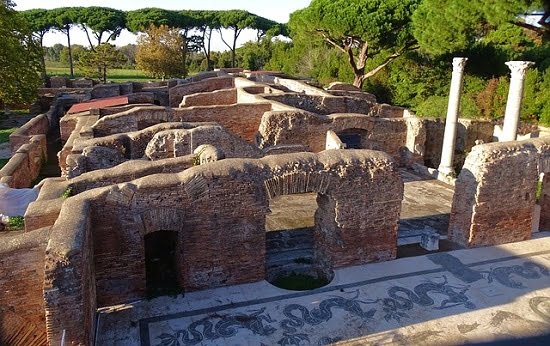
Excavations, carried out in the nineteenth and early twentieth centuries, have shown that mud and sand protected the buildings very well from the passage of time and from pillage.
In addition to the remains of the ancient buildings you can also see statues, sculptures, mosaics, objects of everyday life and parts of frescoes that are exhibited in the small Ostia museum.
The Capitol
Located on top of an artificial hill, it rises above all the other ruins. It was built during the reign of Hadrian (120 BC) and is believed to be a temple dedicated to the Capitoline Triad, made up of Jupiter, Juno and Minerva.
The imposing temple came to measure more than 20 meters in height. The 21 stairs give access to what used to be the main room which was certainly covered with high quality marble and surrounded by 10 marble columns.
Grande Barns
They were public department stores where perishable foods were kept, especially wheat. In Ostia there have been several, so much so that more than one hundred amphorae have been found used to store wine or oil inside them.
Case decorate
They can be visited every Sunday at 10:30 am and advance booking is essential through the following email address: pa-oant.domusostia@beniculturali.it
The decorated houses that can be visited are: House of Diana, Insula of Jupiter and Ganymede, House of the Muses, Insula of the Yellow Walls and Insula of the Hierodules.
Decumanus Maximus
It is the ancient Roman road that crossed the entire ancient city and where we find all the buildings and commercial activities of the population of Ostia, about 2 kilometers long.
Domus of Cupid and Psyche

It was an ancient Roman residence dating back to the XNUMXth century AD which took its name from a statue that depicted Cupid and Psyche. The mansion is thought to have been owned by a temple priest.
Forum of Ostia Antica
It was the largest square in the ancient city of Ostia where many of the most important religious and civil buildings of the city were concentrated. It has a rectangular plan and today we can still see the remains of what were the most important thermal springs of Ostia, the Capitolium, the temple of Rome and Augustus, the Curia and the Basilica.
Port necropolis
In ancient times and for hygienic reasons, the necropolises were installed outside the urban centers and on the sides of the main access roads to the city. Along the entire road, which currently connects Ostia with Fiumicino airport, around 100 well-preserved tombs were discovered, thanks to the layers of sand that have protected them for many centuries.
Piazzale delle Corporazioni
This place is located just behind the theater and was built together with it during the period of Augustus in the XNUMXnd century AD. It is a portico that the spectators used for walks after the performances. From the portico it was possible to access numerous rooms which were the offices of the most important men and merchants of the cities who had commercial relations with Ostia.
Teatro novel
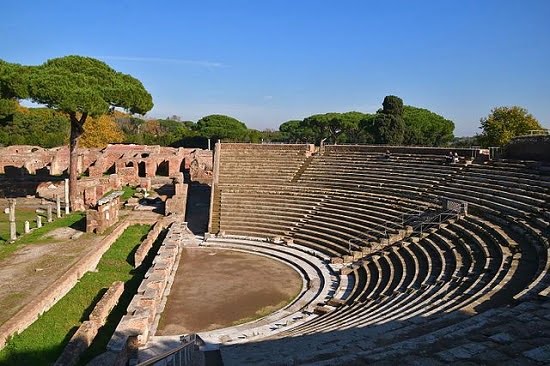
The Ostia Theater was built at the end of the 4.000st century BC and could accommodate up to XNUMX people. It has been extended and renovated several times. The theater was twice as tall as what we can see today. Today it is still used for cultural representations.
Temple of Hercules
Built in the XNUMXnd century BC on a small hill, the temple was dedicated to the adoration of Hercules and in it the commanders of the fleets took the auspices before leaving the Tiber river mouth.
Baths of Neptune
Impressive black and white mosaics decorate the floor of the Baths of Neptune. If you look from above you can clearly see the design still intact. An inscription that has been found indicates that the baths were built by the emperors Hadrian (117-138 AD) and Antoninus Pius (138-161 AD).
Opening hours
- Open every day, except Mondays, from 8:30 am. The closing time varies according to the time of year. You can check the timetables on the official website of the archaeological site.
- The site is closed on January 1st, May 1st and December 25th.
Ostia Antica ticket price
- The ticket price for adults is 8 €
- People between 18 and 25 years old and teachers who are part of the European community pay a reduced price of 4 €
- Free admission on the first Sunday of each month.
Alternatively you can book a guided tour which in some cases also includes transport from Rome.
Where is it and how to get there
If you want to arrive by car, the Ostia Antica Park is located on Viale dei Romagnoli, 717.
If you don't own a vehicle, the Ostia Antica site is easily accessible also by public transport.
From Rome you can take the train from Piramide (Piramide metro station - line B) towards Lido. After about 30 minutes you will arrive in Ostia Antica. From Ostia Antica station it is possible to reach the archaeological site in about 10 minutes. You can use this train with a metro ticket and the cost of the ticket is € 1,50.
Alternatively you can book a guided tour which in some cases also includes transport from Rome.
Practical advice
The site is not very shady so you will need it glasses and hat to protect you from the sun.
There is bar within the site where you can eat and drink something.
Il sea and the beach are very close in Ostia Antica! If you wish, you can take the train back to Ostia Lido and cool off in the water or relax on the sand.
Conclusions
Ostia Antica is a dream place for lovers of the history of the Roman Empire. There are few sites with so many ruins, history, and with such an easy understanding of a Roman city. The ancient port of Rome is a historical heritage with an incredible cultural value.




